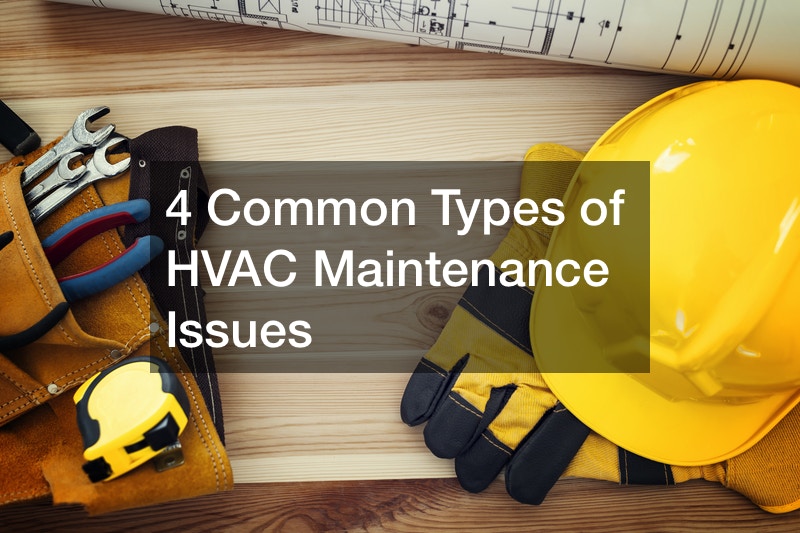
Purchasing a fence for any purpose takes some consideration. There are multiple factors that go into choosing the right one for you. Below is a look at some of the things you will want to think about when buying fencing so that you wind up with something that fits your needs.
Where Is It Going?
Residential fencing and commercial fencing tend to vary in style and purpose, which is why it’s important to factor in where you need your fencing to go. If you want to block off your back yard for your pets you might want a different kind of fence than what someone would use to gate off a restricted parking area. A wood fence might be a great and visually appealing choice for a home, but tall metal fencing is probably better for security purposes.
Why Do You Need It?
The use of the fence is also going to factor into what you choose. If you want more privacy in your back yard then you would want a large wood privacy fence as opposed to a shorter metal one. If you’re buying it to keep your dogs from escaping then you need something sturdy and tall enough that they can’t jump it. Take some time to decide what kind of fencing best suits what you are using it for.
What Look Do You Want?
The fence you put up around your business or home can change the entire look of the structure it guards. Short white fences make for a peaceful, suburban look while a large chain link fence has a more industrial, secure appearance. If you want your fence to be decorative or give off a certain appearance, then you will want to consider that as well.
Can You Afford It?
Last but certainly not least, you will want to consult your budget. Fencing varies greatly in price from type to type and supplier to supplier. You may need to shop around a little to find the kind you want for a price the works for you. Don’t be afraid to take your time and check out a few options before you make your final decision.

